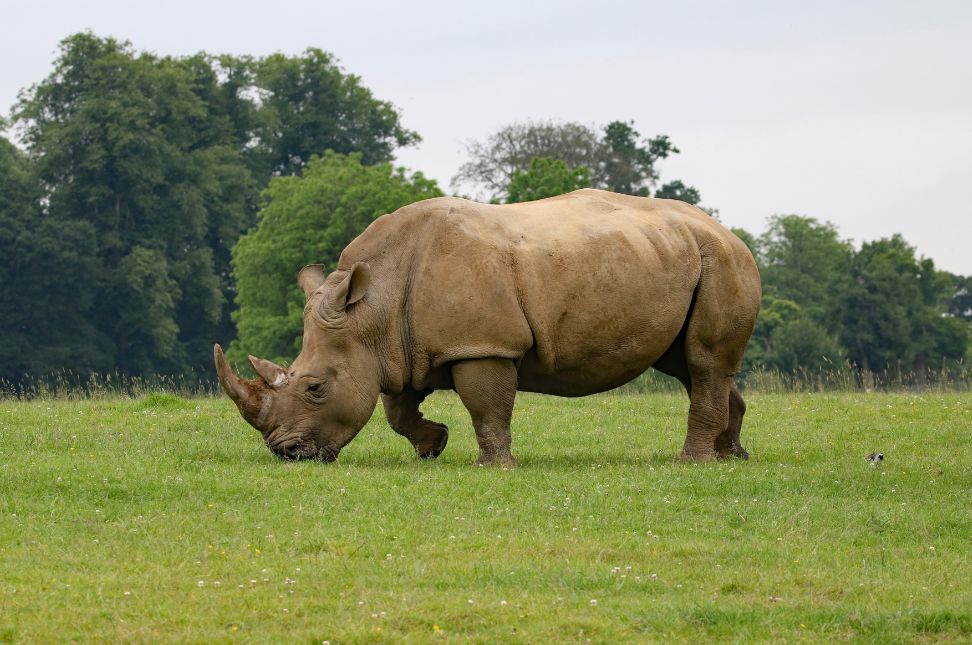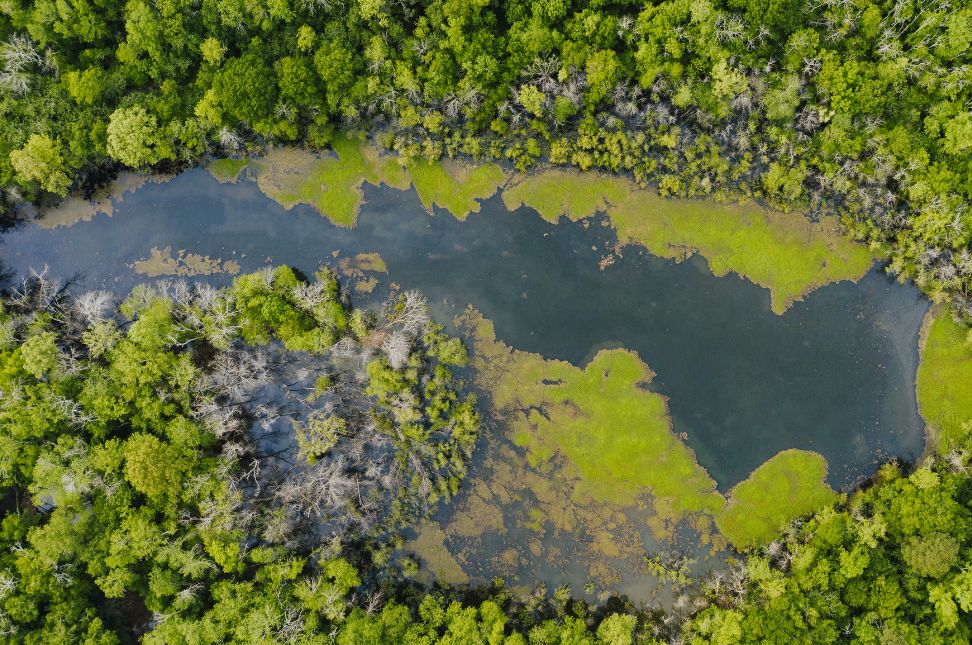Wildlife conservation efforts are crucial in maintaining biodiversity and ensuring the survival of various species across the globe. These efforts involve a range of programs and initiatives aimed at protecting habitats, preventing poaching, and promoting sustainable practices. This article highlights some significant programs and success stories in the realm of wildlife conservation, showcasing the impact of dedicated efforts in safeguarding our planet’s wildlife.
Conservation Programs
Numerous programs around the world focus on wildlife conservation, each with its unique approach and objectives. Here are some notable ones:
1. WWF (World Wildlife Fund)
The WWF is one of the most prominent organizations in wildlife conservation. Their efforts span across multiple countries and ecosystems, addressing issues like habitat destruction, poaching, and climate change. The WWF’s initiatives include the creation of protected areas, restoration of degraded landscapes, and promotion of sustainable practices among local communities.
2. CITES (Convention on International Trade in Endangered Species)
CITES is an international agreement between governments aimed at ensuring that international trade in wild animals and plants does not threaten their survival. It provides a legal framework for preventing the exploitation of endangered species and regulates the trade of over 35,000 species of plants and animals.
3. National Parks and Reserves
National parks and reserves are crucial components of wildlife conservation efforts. These protected areas provide safe havens for numerous species, allowing them to thrive without the threat of human encroachment. Examples include Yellowstone National Park in the US, the Serengeti National Park in Tanzania, and Banff National Park in Canada.
Success Stories in Wildlife Conservation
While challenges remain, there are numerous success stories that highlight the positive impact of wildlife conservation efforts. These stories serve as inspiration and proof that dedicated actions can lead to significant improvements in wildlife populations and ecosystem health.
1. The Recovery of the Bald Eagle
The bald eagle, the national bird of the United States, was once on the brink of extinction due to habitat destruction, hunting, and the effects of the pesticide DDT. Thanks to concerted wildlife conservation efforts, including legal protection under the Endangered Species Act and banning of DDT, the bald eagle population has rebounded remarkably. Today, the bald eagle is no longer listed as endangered and serves as a symbol of successful conservation.
2. The Revival of the Gray Wolf in Yellowstone
The reintroduction of the gray wolf to Yellowstone National Park is another triumph in wildlife conservation. After being eradicated from the park in the early 20th century, wolves were reintroduced in 1995. This effort has had profound ecological benefits, including regulating elk populations and restoring vegetation, which in turn supports a diverse range of species.
3. The Giant Panda Comeback
The giant panda, native to China, faced severe population declines due to habitat loss and low birth rates. Through international collaboration, habitat preservation, and breeding programs, the panda’s population has increased. In 2016, the IUCN (International Union for Conservation of Nature) downgraded the giant panda’s status from “Endangered” to “Vulnerable,” reflecting the success of these wildlife conservation efforts.
Community Involvement and Sustainable Practices
Effective wildlife conservation often involves local communities. By engaging communities in conservation efforts, programs can ensure sustainable and long-term success.
1. Community-Based Conservation
Community-based conservation programs empower local communities to manage and protect their natural resources. This approach has been particularly successful in Africa, where initiatives like the Namibian Community-Based Natural Resource Management (CBNRM) program have led to increased wildlife populations and improved livelihoods for local people.
2. Ecotourism
Ecotourism provides an economic incentive for conservation. By promoting sustainable tourism practices, communities can benefit financially from preserving their natural habitats and wildlife. Destinations like Costa Rica and Botswana have successfully implemented ecotourism models, generating revenue while conserving biodiversity.
Technological Advancements in Conservation
Advancements in technology are playing an increasingly important role in wildlife conservation. From satellite tracking to genetic research, these tools enhance the effectiveness of conservation efforts.
1. Satellite Tracking
Satellite tracking allows researchers to monitor the movements and behaviors of endangered species. This technology provides valuable data on migration patterns, habitat use, and threats, enabling more informed conservation strategies. For example, satellite collars on African elephants help track their movements and prevent human-elephant conflicts.
2. Genetic Research
Genetic research aids in understanding species’ genetic diversity and resilience. This knowledge is crucial for breeding programs and managing small populations. Conservationists use genetic data to make decisions that enhance the genetic health of species, such as in the case of captive breeding programs for the California condor.
Policy and Legislation
Effective policy and legislation are critical components of wildlife conservation efforts. Governments play a vital role in creating and enforcing laws that protect wildlife and their habitats.
1. Endangered Species Act (ESA)
In the United States, the ESA provides a framework for protecting endangered and threatened species. The act has been instrumental in the recovery of several species, including the American alligator and the gray wolf. It mandates federal agencies to ensure that their actions do not jeopardize the continued existence of listed species or destroy their critical habitats.
2. International Agreements
International agreements like the Paris Agreement on climate change and the Convention on Biological Diversity (CBD) set global standards and goals for conservation. These agreements facilitate international cooperation and commitment to protecting biodiversity.
Conclusion
The impact of wildlife conservation efforts is evident in the numerous success stories and ongoing programs dedicated to preserving biodiversity. From community involvement to technological advancements and strong legal frameworks, various strategies contribute to these efforts. Protecting wildlife requires a collective commitment from individuals, communities, governments, and international organizations. By continuing to support and enhance wildlife conservation efforts, we can ensure a healthier, more diverse planet for future generations. Join the global movement to protect our wildlife and contribute to the conservation success stories of tomorrow.




